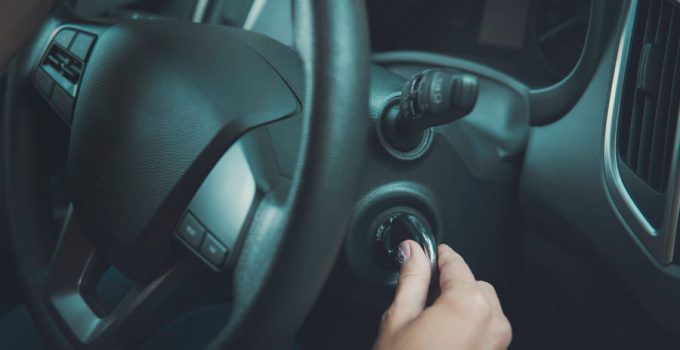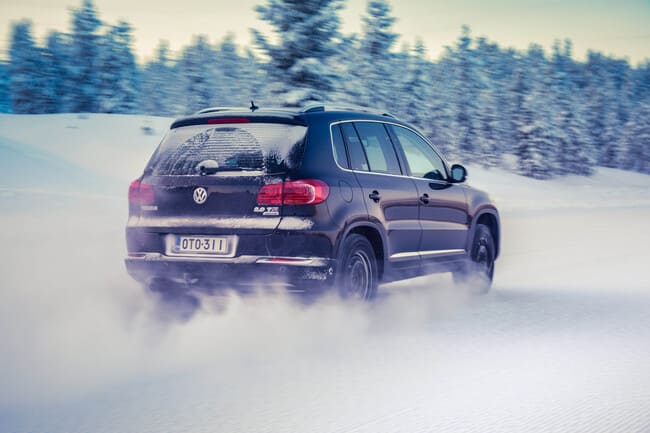
Many motorists use their cars even in difficult weather conditions and above all in winter they encounter problems when starting a car. Despite the fact that car manufacturers are still trying to improve their systems and technologies for safe starting, regardless of weather or environmental conditions, sometimes it happens that the engine simply does not start. In this article, you’ll learn why and how to make sure you always start.
Contents
6 Factors Affecting Successful Engine Starts in Extremely Cold Weather “
- Preheat. This is particularly important for diesel engines, which cannot be started in winter without preheating. The principle of operation of the diesel engine is based on the self-ignition trend. Air compressed in the internal combustion engine until it has reached a temperature of 700-900 °C, which is necessary to ignite the injected fuel. However, in cold weather it is not possible to reach this temperature by compressing the air. Therefore, glow plugs are used in this engine to quickly heat the air in the combustion chamber to the required levels. If only one glow plug fails, this can lead to engine starting problems. Therefore, they should be checked before each winter. Gasoline engines are less dependent on the ambient temperature than diesel engines because these engines use the spark plugs to ignite the spark. However, at temperatures below -24 ° C, gasoline does not vaporize; Therefore, a special pre-heater can be used in petrol engines to form a homogeneous fuel mixture of fuel and air.
- Battery Status. In order to bring the air to the required level, a strong and functional battery is required. Battery performance is highly dependent on temperature: if the battery performance is equal to 100% at 20 ° С, and then at -20 ° С its performance decreases by half, and at -30 ° С up to 20%. Therefore, the energy is insufficient or insufficiently charged to start the car and start the starter. In winter, it is not recommended for diesel engines to use batteries with a starting current of less than 320 A.
- Fuel properties. The fuel composition determines the temperature of its evaporation and viscosity, so it is necessary to use winter fuel for winter and diesel engines. Winter gasoline contains low-boiling hydrocarbons that support efficient fuel mixture formation and complete combustion even in winter. Winter diesel is not prone to crystallization and retains high fluidity in winter. The diesel fuel compression temperature can be reduced by using special additives that remove water from the fuel.
- Fuel system operating status. Effective mixture formation requires good atomization of the fuel. Therefore, filters and injectors must be cleaned in good time. You should make sure that the fuel tank is still full: condensate builds up faster in a half-empty tank. At low temperatures, it can freeze, resulting in a cracked pump, fuel line clogs, or other damage.
- Oil Viscosity. The condensed lubricant moves more slowly through the passages of the lubrication system. This accelerates the wear of the engine components and increases the system load. To make starting easier, oil with a suitable viscosity class should be used in winter.
- Compression in engine cylinders. In order to generate the necessary pressure to ignite the fuel, the combustion chamber must be well sealed. Decreased compression ratio in a cylinder can cause a much more difficult engine starting in cold weather.
7 CarTipsandmore recommendations to help you start your car even in harsh winter:

- Pump up the fuel system to increase operating pressure. This method can only be used on vehicles where the fuel pump only runs when the ignition is on. To pump, turn the ignition key in two directions to activate the fuel pump and turn off the ignition after a few seconds. Wait half a minute and repeat the process. Then try to start the engine with the starter.
- Heat the battery. After parking for a minute, then turn on the high beam or low beam, or turn on the heater in the car. After a brief warm-up period, battery capacity and current will increase. However, be sure to turn off all electrical equipment just before starting to avoid wasting battery power.
- Heat the combustion chamber. This method is only applicable for diesel engines. Turn the ignition on, wait for the glow plug indicator to go out, and then turn the ignition off. Repeat this process several times in a row. Due to the operation of glow plugs, the combustion chamber is quickly heated to the required values.
- Check and clean the battery terminals. Due to the lack of reliable contacts in the circuit, the Resistance of the contacts, which reduces the torque and does not start the vehicle.
- Depress the clutch pedal as far as it will go. This recommendation only applies to manual transmissions. By separating the engine from the transmission, you reduce the load on the engine and make starting much easier.
- Do not use the starter for more than 10 seconds. Otherwise the starter could stand out. If the engine does not start on the first try, try again in a few minutes.
- Use a special quick-start spray. These sprays are available from the following manufacturers: Liqui Moly, Presto, Mannol and others. These aerosols contain ethers that ignite at a lower temperature than fuel. This ensures that you’ll not only ignite fuel in the winter, but also in high humidity conditions when the battery is low or when the system isn’t producing an efficient spark. When using these products it is very important to follow the manufacturer’s instructions: if you apply too much to the air intake you could damage the engine.

Conclusion
So that you If the engine starts easily in winter, prepare for the winter season in advance. Replace the summer oil for the winter, install a new oil filter, drain the fuel system, check the density of the battery electrolyte, and if necessary, buy a larger capacity battery. Also check the condition of the glow plugs, the correct operation of the engine and the relevant elements. In addition, check the correct tension of the generator belt, since the effectiveness of this element affects the efficiency of battery charging. Also note that only with the functionality of all vehicle systems can the car be started easily in any weather.
